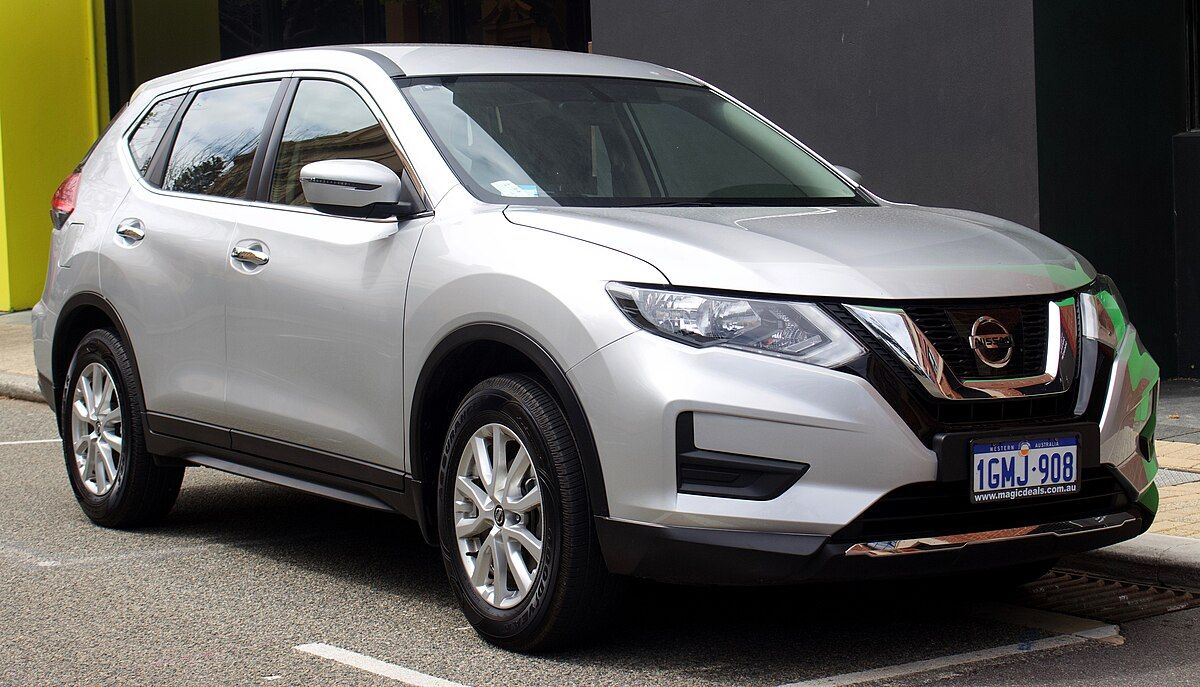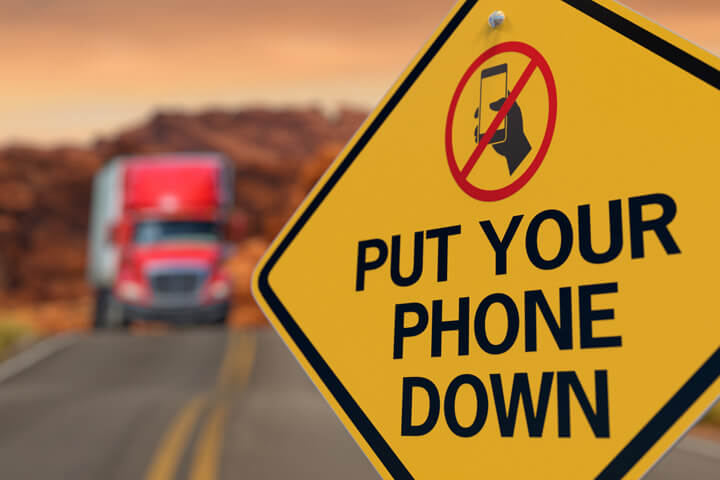
In the dynamic and often demanding environment of our roads, nearly every motorist has experienced the unsettling and dangerous phenomenon of tailgating. This aggressive behavior, where another vehicle follows far too closely, extends beyond mere irritation; it poses a serious safety risk, significantly increasing the likelihood of a rear-end collision should the lead car need to brake suddenly. Understanding how to skillfully manage such situations is not just about personal comfort, but about preventing potentially fatal accidents and maintaining a safer driving environment for everyone.
The peril of tailgating is underscored by legal ramifications, with the DVLA highlighting serious consequences for ‘driving without due care and attention.’ Drivers found too close to the vehicle ahead may face a fine starting at £100 and three points on their driving licence. In more severe instances, actions leading to a major accident could result in disqualification or even imprisonment. These penalties reflect the gravity with which road safety authorities view this behavior, emphasizing the critical importance of proper following distances as outlined in the Highway Code.
This comprehensive guide, informed by expert driving instructors and road safety organizations, is designed to empower you with practical, actionable strategies to confidently and safely deter tailgaters. We will delve into understanding why tailgating occurs, essential defensive driving techniques, effective communication methods, and specific actions to take to protect yourself and others on the road, ensuring you remain calm, confident, and in control behind the wheel.

1. Prioritize Maintaining a Safe Following Distance
At the heart of safely dealing with tailgaters lies one fundamental principle: maintaining an adequate following distance from the vehicle ahead of you. This simple yet effective method, according to driving instructor Annie Winterburn, creates a crucial buffer zone. It allows you to decelerate smoothly if the lead vehicle stops abruptly, giving the tailgating motorist behind you sufficient time and space to slow down safely, averting a disastrous rear-end collision.
This concept is so critical it regularly features in theory tests and is a cornerstone of the Highway Code. On dry roads, maintain at least a two-second time gap between your car and the vehicle in front, easily estimated by picking a fixed object and counting. If you reach it in less than two seconds, increase your distance. The ‘3-second rule’ offers an even more generous buffer for enhanced safety, ensuring ample time to react to sudden stops or unexpected turns.
The importance of this buffer increases with speed and changing road conditions. The government’s website advises wider gaps as speeds rise, to about 2.4 seconds (53 metres) at 50 mph, and 3.1 seconds (96 metres) at 70 mph. Jason Wakeford from Brake, the road safety charity, stresses the vital need for drivers to leave enough distance to react to sudden dangers, urging everyone to respect the two-second rule for universal safety.
Crucially, when being tailgated, focus on keeping your own car at a safe distance from the vehicle ahead, rather than speeding up or braking suddenly in response. This action indirectly benefits the tailgater by providing them with more time to react if you slow down, effectively managing the situation without direct confrontation and contributing to a safer, more stress-free driving experience.

2. Understand the Psychology Behind Tailgating: Decoding Driver Behavior
To effectively manage a tailgating situation, understanding the underlying psychological factors driving this dangerous behavior can be immensely helpful. Getting inside the tailgater’s head can shift your perspective from frustration to a proactive, protective mindset. Tailgating stems from various reasons, each contributing to its peril on the road.
Common reasons include impatience, where a driver feels you are too slow. Others may experience aggression or road rage, using tailgating to intimidate. Some drivers are simply ignorant of proper driving etiquette or unaware of the severe dangers of following too closely, merely following traffic flow. This spectrum of motivations allows for a more appropriate, less emotional response, helping you maintain composure rather than reacting aggressively.
When you grasp these potential reasons, your strategy becomes more effective. If you suspect impatience, consciously creating more space ahead and, if safe, allowing them to pass can de-escalate. Recognizing that the tailgater’s behavior might be rooted in their own issues helps depersonalize the encounter. This perspective empowers you to protect yourself and others, fostering a more secure driving environment, as tailgating is an inherently dangerous behavior.
Read more about: Driving Pro’s Genius Trick: Mastering Tailgater Safety Without Touching Your Brakes – An In-Depth Guide for Motorists

3. Stay Calm and Avoid Impulsive Reactions: Your First Line of Defense
When confronted with a tailgater, your immediate internal response can range from nervous panic to outright anger. However, the first and most critical step is to remain calm and steadfastly avoid impulsive or aggressive reactions. Your emotional state profoundly impacts your ability to drive safely and make sound decisions, as reacting impulsively can dramatically escalate the situation, potentially leading to a collision or road rage.
As driving experts advise, when you notice someone following too closely, take deep breaths and consciously set emotions aside. This ensures you maintain full control of your vehicle. Losing composure impairs judgment, making you prone to errors. To aid concentration, turn the radio down or off, minimizing distractions and allowing you to focus intently on the road ahead and your surroundings.
Paying extra attention to your driving until you safely remove yourself from the tailgating scenario is paramount. This heightened awareness enables you to anticipate hazards and make deliberate, safe maneuvers. Staying calm is a powerful tool in your defensive driving arsenal, transforming a potentially dangerous encounter into a manageable one that protects you and helps diffuse aggression.

4. Practice Defensive Driving Techniques: Anticipate, React, and Protect
To ensure your safety on the road, particularly when dealing with tailgaters, rigorously practice defensive driving techniques. This proactive approach involves anticipating potential hazards, reacting appropriately to unforeseen circumstances, and actively working to minimize risks. It is about taking control of your own driving environment, even when others around you are not.
A cornerstone of defensive driving, highly relevant to managing tailgaters, is maintaining a safe following distance from the car in front. This creates a crucial space cushion, affording you more time to react if the lead vehicle brakes or swerves. This buffer also subtly discourages tailgaters, as the increased gap gives them less reason to aggressively push you. Your consistent, safe spacing acts as both a deterrent and a safety net.
Another vital component is an unwavering awareness of your surroundings. This involves constantly scanning the road, keeping an eye on cars around you, and being prepared for swift, informed decisions. Frequent use of mirrors – rearview and side – is essential, checking blind spots before changing lanes. Defensive driving also emphasizes avoiding sudden movements; abrupt lane changes or braking can exacerbate a tailgating situation. All your actions should be smooth, deliberate, and clearly communicated, using turn signals well in advance to give others time to adjust.
In essence, defensive driving is about being prepared for the unexpected and controlling what you can: your own driving behavior and choices, contributing to a safer road experience for all.
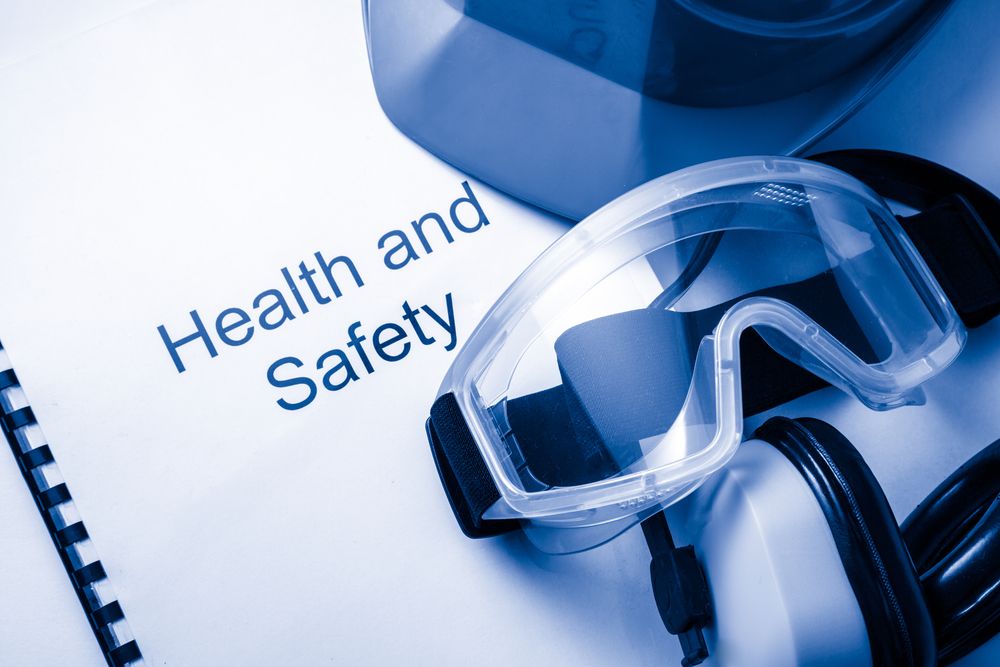
5. Increase Following Distance in Adverse Conditions: Essential for Enhanced Safety
While maintaining a safe following distance is a universal rule, its importance is amplified exponentially when encountering adverse weather conditions. One highly effective way to enhance driving safety, particularly to mitigate risks associated with tailgaters in challenging environments, is to significantly increase the space between your vehicle and the one ahead. Roads that are wet, slippery, or icy drastically reduce tire traction, meaning it takes considerably longer to come to a complete stop, making standard following distances insufficient.
Expert advice for such conditions is clear. On wet roads, where stopping distances can double, Annie Winterburn recommends doubling your dry-road gap to four seconds. This additional buffer time is critical for reacting to sudden stops or unanticipated turns, providing the necessary margin to prevent accidents. For icy roads, the recommended following distance escalates to an extraordinary ten times the gap, equating to a staggering 20 seconds. This immense space is your ultimate safeguard, giving you maximum time to react and take corrective action in the most treacherous driving conditions.
Beyond just increasing following distance, it is equally crucial to adjust your speed accordingly in bad weather. If traveling too fast, even an extended gap may not grant enough time to react to obstacles. Therefore, ensure you are driving at a safe and reasonable speed, carefully considering the prevailing weather, traffic density, and road surface. Prioritizing these adjustments means choosing to arrive a few minutes late rather than risking your safety or others’, significantly reducing your vulnerability to accidents, including those instigated by tailgaters.
Read more about: Driving Expert’s ‘Clever’ Hack: Stop Tailgaters Safely Without Ever Touching Your Brakes

6. Avoid Provoking Tailgaters: De-escalate with Deliberate Calm
While focused on safe driving, it’s crucial to avoid actions that could inadvertently provoke or aggravate a tailgater. Engaging in confrontational behaviors will only escalate an already tense situation, potentially leading to road rage or a serious incident. Your objective should always be de-escalation and safety, not retaliation.
One of the most important behaviors to steer clear of is braking suddenly or slowing down unnecessarily. This is highly risky, as it could catch the driver behind off guard, leading to a rear-end collision, or be interpreted as aggression, fueling their frustration. Your braking should only be for legitimate traffic conditions, smooth and anticipated. Also, avoid making direct eye contact with the tailgater; while monitoring via mirrors is good, a prolonged stare can be misconstrued as a challenge. Instead, maintain focus on the road ahead, subtly using mirrors for quick checks without confrontation.
Other provocative actions include constantly changing lanes, driving too slowly in a passing lane, or aggressive gestures. These can irritate drivers and intensify tailgating. The key to handling tailgaters lies in remaining calm, staying focused on the road, and maintaining control of your own actions. By proactively avoiding these behaviors, you contribute significantly to a safer driving environment and navigate tailgating situations successfully.
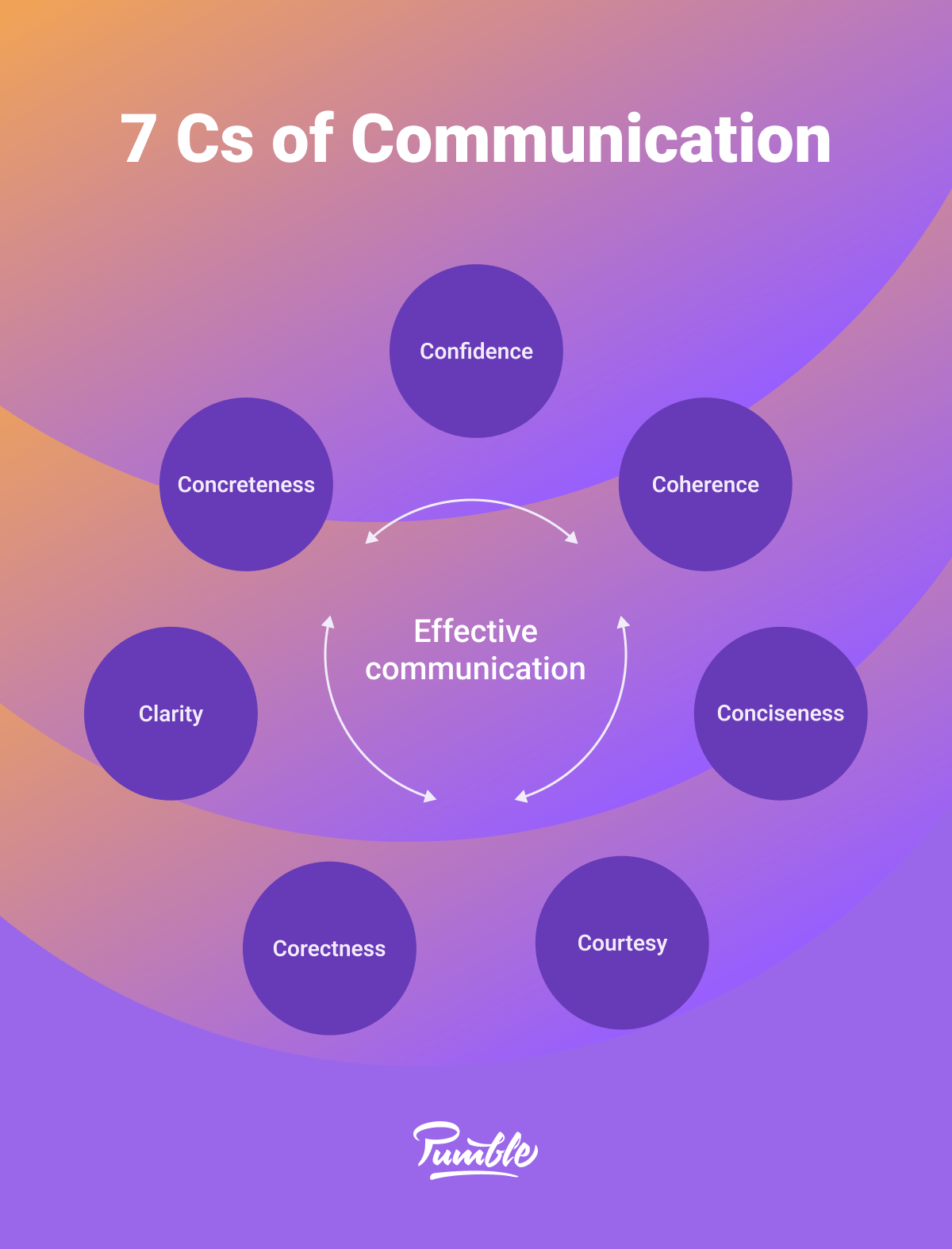
7. Communicate Effectively (Non-Aggressively): Subtle Signals for Safety
In situations involving tailgaters, effective communication is a critical tool for diffusing tension and enhancing safety on the road, provided it is executed non-aggressively and with discretion. The goal is to convey your discomfort and your desire for the tailgater to create more space, without escalating their potential aggression. This requires a measured approach, utilizing signals that are clear but not confrontational, helping to prevent potential hazards.
One of the best ways to communicate, as suggested by experts, is through simple, clear hand signals. A raised hand in a ‘stop’ motion, performed calmly, can signal you are aware of their proximity and wish for them to increase following distance. This visible, non-verbal cue can often be effective. Another technique involves strategic use of your hazard lights; flashing them briefly can indicate you’re uncomfortable with the situation or perceive a hazard, alerting the tailgater without direct blame. Judicious use is key, as overuse dilutes effectiveness.
Furthermore, using your rearview mirror to make brief, non-threatening eye contact can be a powerful, subtle tool. A quick glance conveys you are alert and not intimidated, potentially prompting them to reconsider. However, if these communication techniques do not elicit the desired response and the tailgater persists, it is paramount to remain calm and avoid any sudden movements. Simply continue driving at a safe and steady pace, focusing on your own path until a safe opportunity arises to change lanes or exit the highway, prioritizing your safety above all else.
Having established crucial foundational strategies for managing tailgaters, we now turn our attention to advanced tactics designed to actively defuse aggressive situations and optimize your road presence. These methods focus on strategic positioning, maintaining predictable vehicle behavior, avoiding counterproductive actions, and understanding when professional intervention becomes necessary, all while prioritizing safety and adherence to best driving practices.

8. Pull Over and Allow the Vehicle to Pass: A Decisive De-escalation
One of the most straightforward and effective methods for defusing a persistent tailgating situation is to simply pull over and permit the other vehicle to pass. This strategy directly addresses the immediate pressure by removing your car from the tailgater’s path, thus eliminating their perceived need to follow closely. It prioritizes safety by preventing potential collisions and significantly reduces the stress for both drivers.
The context emphasizes that this is “The easiest thing to do if you have someone tailgating you.” When executing this maneuver, safety is paramount. Always signal your intention well in advance, giving any following traffic ample warning of your actions. Ensure that the shoulder or pull-off area is wide and clear enough to safely accommodate your vehicle without creating additional hazards for other road users.
Once pulled over, keep your signal engaged until you are ready to merge back into traffic, ensuring full visibility of your intentions. The context further advises against attempting this on “a major, multi-lane highway as it may be difficult to merge back into traffic later or the shoulder may not be wide enough,” highlighting the importance of choosing an appropriate location. In areas allowing, pulling into a parking lot temporarily can also serve the same purpose effectively.
This action not only allows the aggressive driver to proceed but also provides you with a moment to regain composure and continue your journey unhindered. By ceding the right-of-way in a controlled manner, you actively prevent potential conflict and re-establish a safer driving environment for yourself.
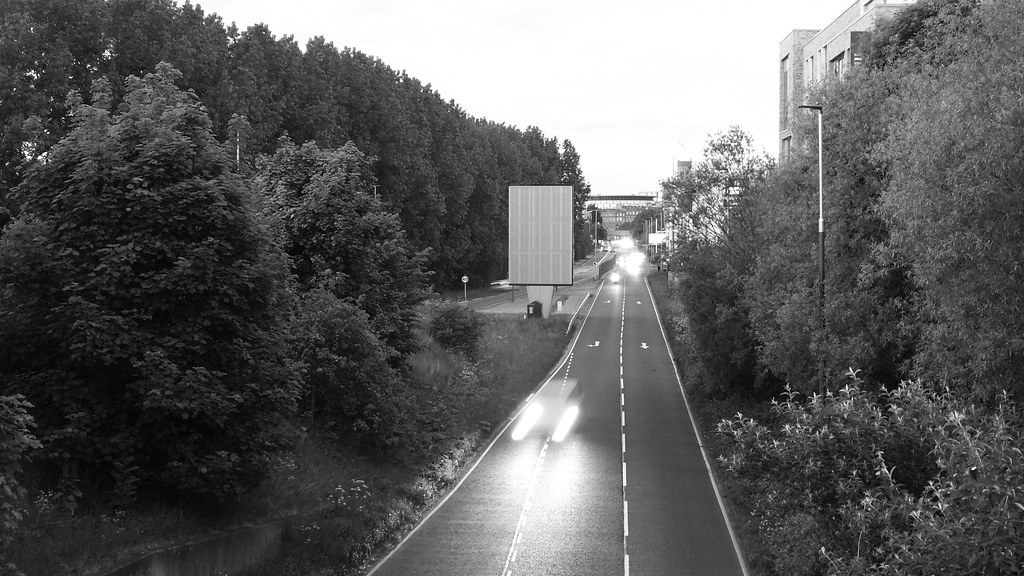
9. Keep to the Right: Optimizing Lane Discipline for Flow and Safety.
Effective lane discipline is a powerful preventative measure against tailgating, especially on multi-lane roads. By consistently keeping to the right-most lane unless actively passing another vehicle, you facilitate smoother traffic flow and provide ample opportunities for faster drivers to overtake without feeling obstructed. This practice naturally minimizes the likelihood of someone becoming impatient and resorting to tailgating.
The Highway Code and expert advice strongly advocate for this approach: “When driving on a multi-lane road, always keep to the right-most lane unless you are passing someone.” This simple rule ensures that the left lanes remain open for drivers who legitimately need to travel at higher speeds, which in turn reduces the motivation for tailgaters to pressure you from behind.
Furthermore, consciously avoiding the “fast lane” when not passing is a critical component of this strategy. As the context clearly states, “The fast lane is for passing. If you are not passing anyone, do not drive in the fast lane.” Failure to adhere to this can quickly lead to frustration for drivers behind you, as they may be traveling at a higher legal speed and perceive you as blocking their path, escalating the risk of aggressive tailgating.
By consistently adhering to right-lane driving, particularly in areas where passing lanes are temporary, you proactively manage the driving environment. This courteous and compliant behavior contributes significantly to overall road safety and personal comfort, minimizing the chances of encountering a tailgater in the first place.
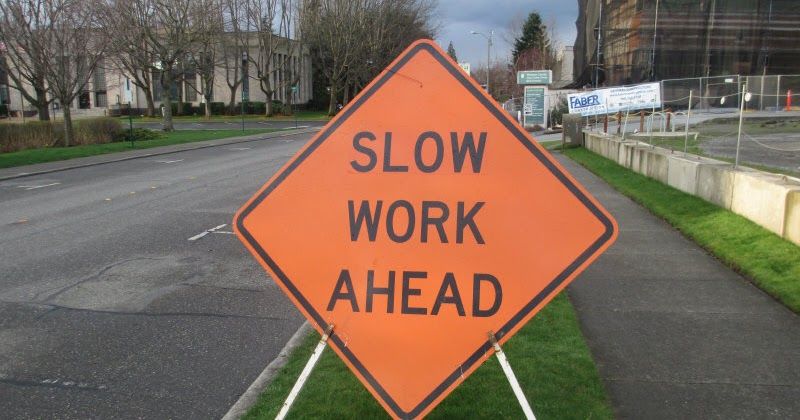
10. Slow Down on Straight Sections to Facilitate Passing: A Proactive Courtesy
On winding or single-lane roads where passing opportunities are limited, tailgating can become particularly challenging. A proactive and highly effective tactic in these situations is to intentionally slow down on straight sections of road where passing is permitted. This deliberate act of courtesy provides the tailgating driver with a safe window to overtake you.
When the road straightens out and conditions allow for a safe pass, reducing your speed offers the tailgater the necessary space and confidence to move ahead. The context suggests, “Give your tailgater a chance to pass you and get ahead of you before the next winding section.” This tactical slowdown is not about succumbing to pressure but rather about intelligently managing the traffic flow and defusing a potentially dangerous situation.
You can further enhance this communication by subtly moving slightly over to the right within your lane, if safe and practical, to visually signal to the car behind you that they are welcome to pass. This non-verbal cue can be highly effective in encouraging the tailgater to make their move.
It is also crucial to exercise caution if another driver attempts to pass on an unsafe section. In such scenarios, “slow down” further to mitigate risk, as a struggling driver might instinctively swerve back into your lane. This approach transforms a tense situation into a controlled, safe passing opportunity, benefitting both parties and enhancing overall road safety.
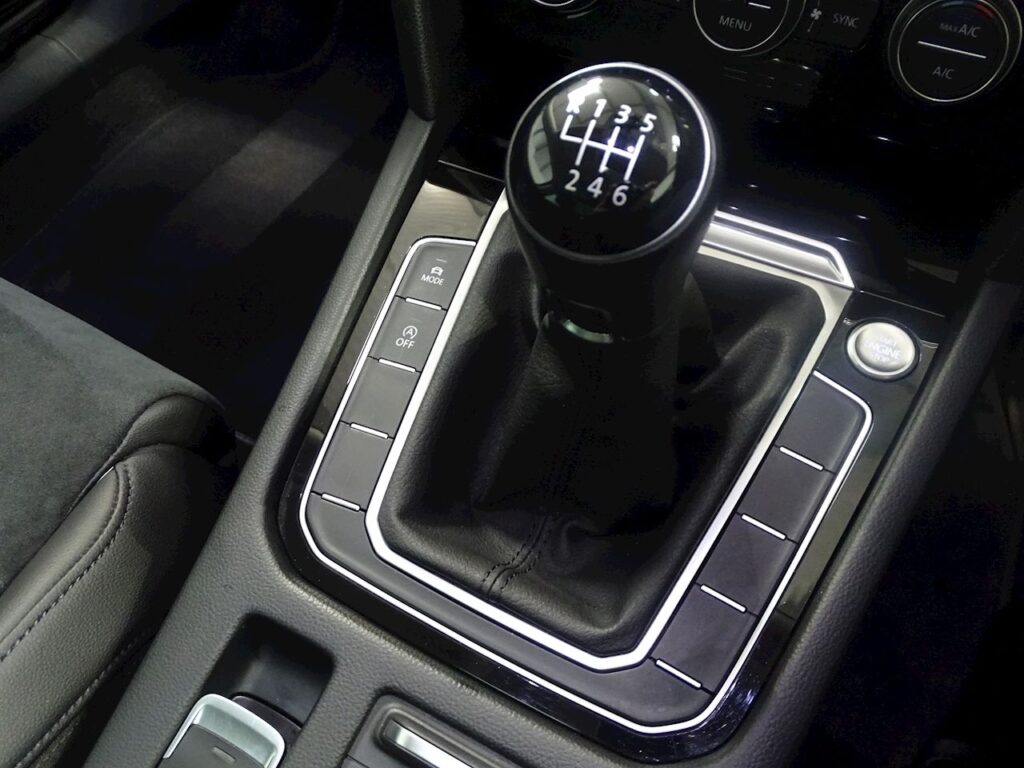
11. Maintain a Consistent Speed and Utilize Cruise Control: Predictability for Safety
One common reason for tailgating is inconsistent driving speed. When a driver’s speed fluctuates, it can be difficult for following vehicles to predict their movements and safely gauge when to pass. Maintaining a constant, predictable speed is a fundamental technique for deterring tailgaters and ensuring a smooth, safe journey for everyone on the road.
As the context highlights, “Tailgaters may be stuck behind you because your speed is inconsistent and they may not feel it’s safe to pass you.” By keeping your speed as constant as possible, you provide the tailgater with the necessary information to safely judge if and when it is appropriate to overtake. This predictability is crucial for avoiding sudden braking or acceleration from the trailing vehicle.
For vehicles equipped with cruise control, this feature becomes an invaluable tool in managing your speed effectively. The context advises, “If your car is equipped with cruise control, this is a great time to take advantage of it.” Engaging cruise control helps maintain a steady speed, removing the human tendency for slight accelerations and decelerations that can be unsettling for following drivers.
It is equally important to resist the urge to purposefully vary your speed to annoy a tailgater. Such actions are counterproductive and dangerous, as they can “only end up inflaming the situation and causing an accident.” Focus always on maintaining a safe, consistent speed that aligns with road conditions and legal limits, fostering a more secure and predictable driving environment.
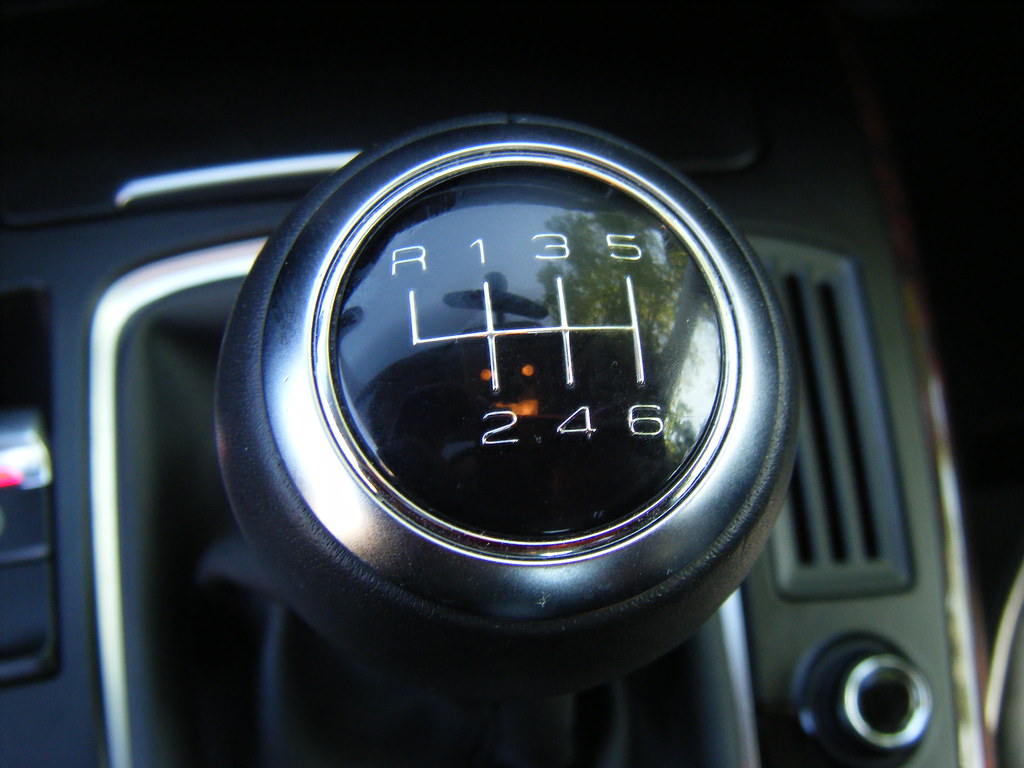
12. Resist the Urge to Speed Up: Prioritizing Your Comfort and Safety
When experiencing the intense pressure of being tailgated, a natural instinct might be to accelerate, hoping to widen the gap between your vehicle and the aggressive driver behind you. However, this often proves to be a temporary and ultimately counterproductive solution that can inadvertently increase danger. This tactic emphasizes prioritizing your comfort speed over appeasing an impatient tailgater.
The context clearly outlines the issue: “When being tailgated another instinct may be to speed up so the gap between you and the car behind you widens. This is usually only a temporary fix, as the car behind you is also likely to speed up, thereby closing the gap again.” This creates a dangerous scenario where you are now traveling at an unnecessarily higher speed, yet the tailgater remains just as close, nullifying any perceived benefit.
Instead of accelerating to escape the tailgater, it is crucial to “Don’t speed up to appease a tailgater.” Your primary focus should always be on maintaining a speed at which you feel completely comfortable and in control, considering the prevailing road conditions, traffic density, and legal limits. Driving faster than your comfort level significantly increases your risk of an accident should you need to react suddenly.
Prioritizing your safe speed ensures that you retain the maximum amount of reaction time and control over your vehicle, regardless of the tailgater’s actions. This thoughtful approach protects your safety and avoids escalating the situation into a high-speed, high-risk encounter that benefits no one.
Read more about: 14 Vintage Boomer Rides Millennials Shun: The Undeniable Reasons Young Drivers Skip These Automotive Legends

13. Avoid Tapping the Brake Pedal: Preventing Dangerous Misunderstandings
Among the common, yet counterproductive, reactions to tailgating is the act of lightly tapping the brake pedal to flash your brake lights. While this might seem like a logical, non-verbal way to signal to the tailgater to back off, it carries significant risks and is largely ineffective in achieving the desired outcome. This maneuver can easily be misinterpreted or lead to dangerous chain reactions.
The context directly addresses this perilous tactic: “While it may seem logical to tap on the brake pedal so your brakes light up in an attempt to “ask” the tailgater to back off, it’s unlikely to work.” The underlying problem is the unpredictability of the tailgater’s reaction and the potential for severe consequences if they are not paying attention or misinterpret your actions.
Two primary dangers are highlighted. Firstly, a tailgater who is distracted or simply not expecting a sudden flash of brake lights “may panic when they see your brake lights. They may then slam on their own brakes and cause a chain reaction behind them, resulting in an accident.” This scenario instantly escalates a tense situation into a multi-vehicle collision, underscoring the severe liability of such a tactic.
Secondly, consistent “brake tapping” can desensitize the tailgater to your brake lights. If the driver “may catch onto what you’re doing and start to ignore your brake lights,” then when a genuine need to brake arises, they “may not react at all.” This significantly compromises your ability to communicate actual hazards and can lead to a rear-end collision, making it a highly risky and unreliable method for managing tailgaters.
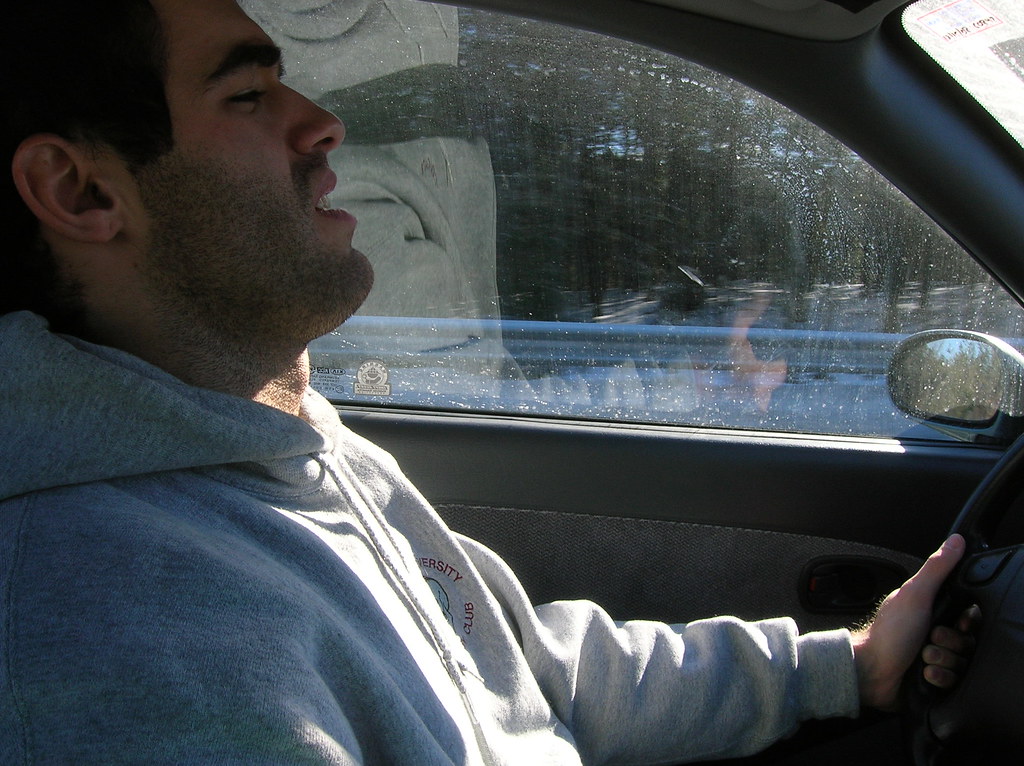
14. Report Reckless or Aggressive Driving: Escalating Concerns to Authorities
While many tailgating situations can be diffused through defensive driving, strategic positioning, and non-aggressive communication, there are instances where a tailgater’s behavior becomes overtly aggressive, dangerous, or persistent, posing a direct threat to safety. In such scenarios, knowing when and how to escalate your concerns to the appropriate authorities is crucial. This proactive measure ensures accountability and protects all road users.
When confronted with a tailgater who exhibits reckless or dangerous driving, your safety remains the highest priority. If you can do so safely, try to “get their license plate number and any other identifying information” about their vehicle. This information is vital for law enforcement and will allow them to investigate the incident effectively.
The context advises that you can then “report their behavior to the appropriate authorities, such as local law enforcement or the Department of Motor Vehicles.” This isn’t merely about retribution; it’s a critical step in preventing future accidents and safeguarding the public. “Reporting reckless driving not only helps hold individuals accountable for their actions, but it can also prevent future accidents and save lives.”
Remember, “your safety is the most important thing, and it’s always better to take action than to risk an accident.” If a tailgater fails to respond to your defensive maneuvers and continues to pose a threat, contacting the police or other relevant authorities is a responsible and necessary action. By doing so, you contribute to a safer driving community and protect yourself and others from potentially devastating outcomes.
Navigating the roads effectively means being prepared for every eventuality, and tailgating, while frustrating, doesn’t have to be a source of constant anxiety. By integrating these advanced tactics—from strategically positioning your vehicle and maintaining consistent, predictable speeds to consciously avoiding counterproductive reactions like brake tapping and knowing when to alert authorities—you empower yourself with a robust toolkit for road safety. These expert-backed strategies transform you from a reactive driver into a proactive master of your driving environment, ensuring not just your peace of mind, but the safety of everyone sharing the journey. Drive defensively, drive confidently, and make every trip a testament to skilled, responsible motoring.

